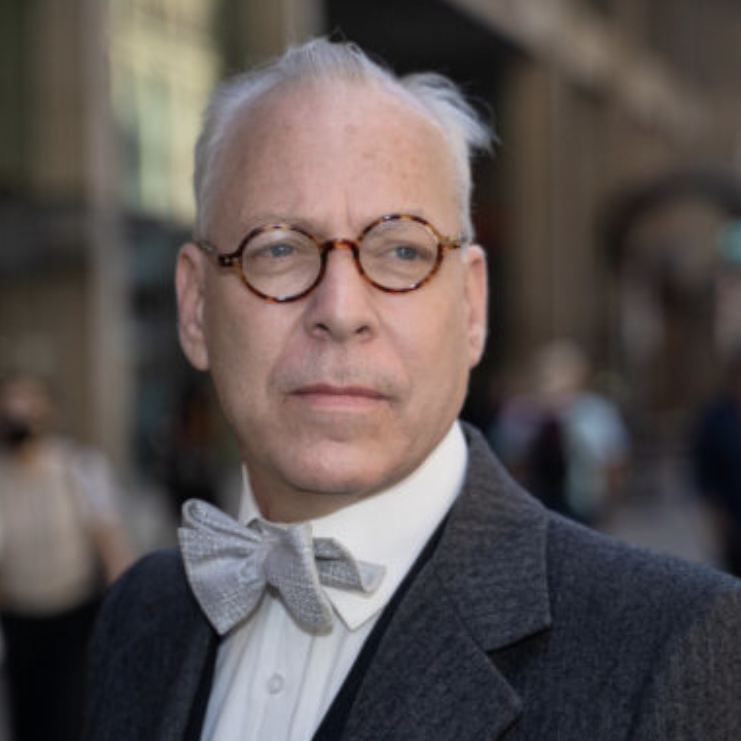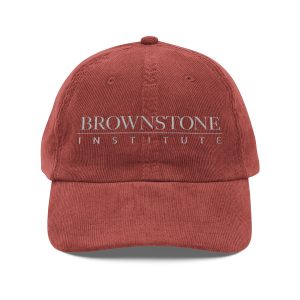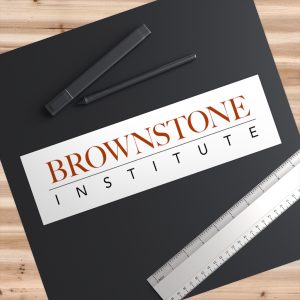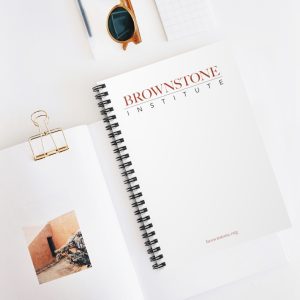For four years, we’ve carried around a presumption that when lockdowns came, most people went along out of fear of the virus. Or maybe people were just intimidated by the propaganda, which was overwhelming. Then the “mass formation” (madness of crowds) kicked in and tossed out their wits in favor of following the myth to absurd extents.
That’s a conventional version of what happened.
And yet, we keep hearing of early voices of dissent at the time that didn’t get a hearing.
The problem of figuring out whether and to what extent people acquiesced to tyranny is an important one. It is complicated by accumulating evidence that the government worked with tech and media, and therefore with the main way people get their news, to actively suppress contrary voices, even when they came from recognized experts of great credibility.
Did you see the movie The Big Short? It is based on a book by Michael Lewis. Both celebrate short-selling contrarian Michael Burry of Scion Capital. Back in 2006, he began to see strange features of the housing bubble. These financial products called mortgage-backed securities (MBSs) packed highly-rated mortgage bonds with terribly-rated ones. The more he looked, the more he was convinced that a massive housing bust was on the way.
He shorted the market, even going to the point of pushing various financial firms to create funds that did just that even when they didn’t previously exist. Very few believed there was a bubble in housing because all the experts, including the head of the central bank, said otherwise. The whole system was propping up a fake market.
Burry, who is a trained physician, believed it was going to fail. He had looked at the details instead of trusting the experts. And he turned out to be correct, perhaps early but correct eventually. The movie and book present him as a hero for being willing to go against the crowd and the experts both.
The lesson: we should all be more like Burry. Even since the telling of this story, he has been valorized as a person of great wisdom. Never trust the experts, the system, the conventional wisdom, the madness of crowds. Do your own research like Burry did!
When the lockdowns began in March 2020, it turns out that Dr. Burry joined Twitter solely for the purpose of denouncing what was going on. He sent emails too, to Bloomberg. Burry wrote them right away:
Stay-at-home policies need not be universal. COVID-19 is a disease that is somewhat lethal for the obese, the very old, the already-sick. Public policies have no nuance because they want to maximize fear to enforce compliance. But universal stay-at-home policies devastate small and medium sized business and indirectly beat up women and children, kill and create drug addicts, engender suicides, and in general create tremendous misery and mental anguish. These secondary and tertiary effects are getting no play in the prevailing narratives.
Among his statements on Twitter:
Americans must not abide. Government restrictions are doing orders of magnitude more damage to the lives of Americans than COVID could ever have done on its own.
Roughly 2.8 million people die in the US each year. The worst estimates for COVID would add less than 10% to that total. Consider this as the media implies Americans are dying at multiples of normal rates. Compassion is not incompatible with facts.
Unconscionable. Let’s put today’s horrific jobless claims in perspective. This is not the virus. This is the response to the virus killing the US and global economy, with all accompanying human tragedy. I present America’s initial jobless claims over the decades.
15 million mortgage defaults? An unemployment rate exceeding 10%? Social unrest can be expected as it passes 20%. Unthinkable in America. Just two months ago the economy was great. A virus shows up that kills less than 0.2%, and the government does THIS?
COVID like all coronaviruses will not easily engender durable herd immunity, and vaccines will prove elusive. We must learn to live with it – which means universal treatment with available drugs and no hysteria, i.e. NO LOCKDOWN!
He later took down the tweets and deleted his accounts, maybe out of despair of making any difference. We don’t know. Nor do we know how many retweets or likes he received or what the comments were, simply because they are no longer there. (If anyone can figure out how to find this, please let me know; I’ve checked every outlet.)
Given Burry’s status as a genuine contrarian expert, in the midst of a grotesque policy without precedent, you might have thought that the media would be all over him. He would be on all the talk shows. Experts would address his claims, refuting them or backing them.
What happened instead was: nothing.
In those days, I was desperate to find voices of disagreement. I really could not find any. I felt very alone. So too, as it turns out, did many others. There were many of us, as it turns out. We just couldn’t find each other. Or maybe certain algorithms were in place that prevented us from finding each other.
There seemed to be this strange trend alive at the time. The recognized experts of the past were all swept away. Many had their accounts deleted. They were replaced by new experts about whom we knew almost nothing or who had severely compromised reputations, like Anthony Fauci.
An example is Devi Sridhar, who advised the Scottish government. More than anyone else, she was granted astonishing amounts of airtime throughout the UK. She was a proponent of the idea of “Zero Covid” through lockdowns and, later, vaccines. She now admits that this was an error, that we do indeed need to live with the virus. But her book from that period she still promotes on all her social media accounts.
Did they have any track records we could check? How do we know these people are real experts? These were questions hardly anyone asked.
How is it that Sridhar was the go-to expert whereas other experts were throttled, blocked, denounced, canceled, and deleted? Perhaps because she worked for the Gates Foundation? It’s impossible not to become a conspiracy theorist to some extent as you look at this situation.
There is no reason to go all the way to October with the experts who wrote the Great Barrington Declaration. They faced extreme attacks. But really the attempts to curate the public mind and engineer a consensus began as soon as the lockdowns took effect.
The same agency that meddled so heavily in information curation was also the agency that broke up the workforce between essential and nonessential, and later on dismissed the risks of absentee ballots even though their internal memos reveal vast awareness. That would be the Cybersecurity and Infrastructure Security Agency or CISA. Created in 2018 and practically invisible to most Americans, this small agency exercised enormous power over what we knew and what we heard.
Meanwhile, we’ve been hearing about many dissidents who were trying to speak out early on and could not get a hearing, many of whom now write for Brownstone.
Think how different 2008 would have been with the same level of speech control. Markets would not have corrected toward reality so quickly. It’s one thing for a truth to be unpopular or unconventional; it’s something else to be actively suppressed.
Looking back, one really does wonder what the reality was in those early days after lockdown. No question that mass formation played a huge role. No question that people gave in and complied far more than they should have. But what if government had not been collaborating with tech and media and just allowed the free flow of information? Might the lockdowns have ended much sooner simply because people could have heard a different point of view?
We’ll never know. This does serve as a cautionary note against a wholesale condemnation of the world for failing to stand up to tyranny. Maybe many people did stand up, in whatever limited way they could, but simply faced a system that prevented them from getting a hearing.
Join the conversation:


Published under a Creative Commons Attribution 4.0 International License
For reprints, please set the canonical link back to the original Brownstone Institute Article and Author.









